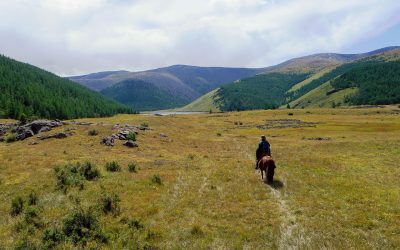Fluid-enforced eclogitization and associated sub-crustal gravity-driven delamination of the felsic crust, giving rise to isostatic subsidence and basin formation, was already in operation during Precambrian times. This started a process of gradual thinning and chemical alteration of the presumed thick pan-global primitive crust, a course of action that has continued to this day.
However, crustal attenuation did not proceed to an advanced stage during the Precambrian; surface water – another product of continual planetary degassing – was still in limited supply, being distributed across a fairly featureless pan-global continental surface. The relatively slow degassing, gradually producing the large heterogeneities currently revealed by seismic mantle tomography, can be regarded as the very reason why the Earth has continued as a geologically active planet throughout the Phanerozoic.
The continuing alteration of the surface layer, with associated patterns of sea-level oscillation – reflecting the ‘pulse of the Earth’ – accelerated during the Upper Mesozoic. At around the K/T boundary the modern distribution of continents and oceans was approaching its present state.
For a rotating terrestrial body undergoing degassing one might envisage more discrete concentrations of fluid flow in the (palaeo)equatorial belt. Hence, the new theory predicts the existence of depositional troughs aligned along particular palaeoequators. The subsequent tectonic termination of these elongated basins – forming the classical fold belts – fit well with the global wrench tectonic system: tectonomagmatic belts are to be found principally along, and perpendicular to, relevant palaeoequators.
In parallel with the mechanical weakening of the surface shell, arising from enhanced lithospheric thinning and associated planetary acceleration in late Cretaceous-early Tertiary time, the ensuing Alpine age geodynamic event threw the Earth into a tectonic revolution. During this time, inertia-driven ‘in situ’ rotations of the remaining continental masses – accounting for the existing between -continent palaeomagnetic discrepancies – led to extensive shear deformation of the intervening oceanic basins. This shear regime led to fault-controlled variation in mineral alteration and related contrasts in magnetic susceptibility, rock disparities that – in the presence of the ambient geomagnetic field – are delineated as linear marine-magnetic anomalies.
A relatively minor succession of planetary gas release phases commenced around the Middle Miocene, defining the traits of the modern world; a new series of in situ continental rotations came about for which the predicted directions are consistent with measurements obtained by modern space geodetic techniques.




